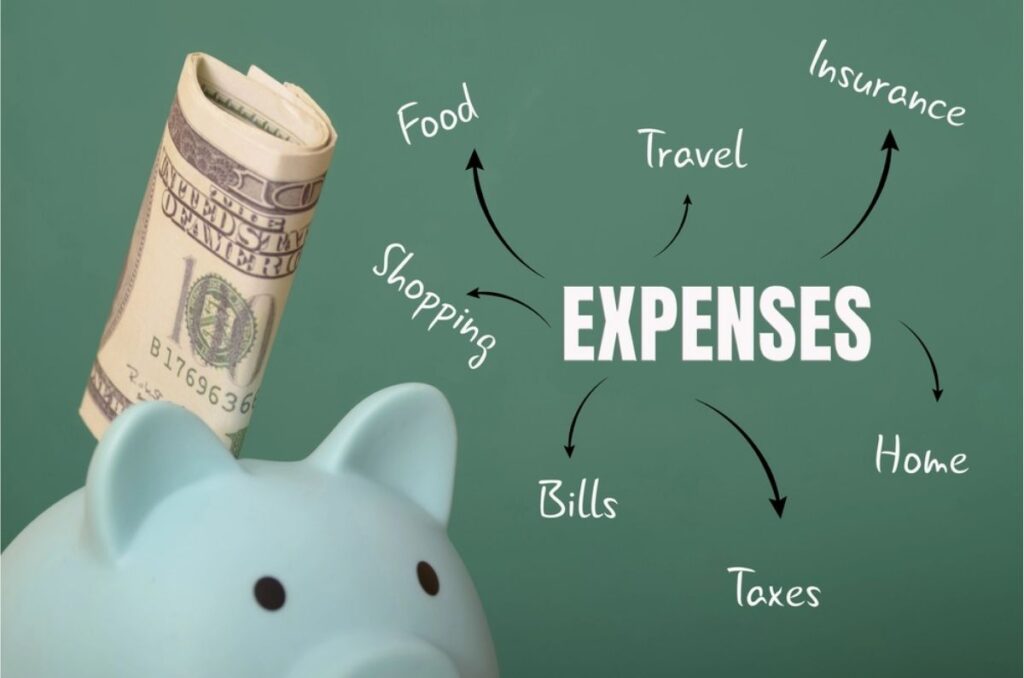Have you ever looked at your bank account and wondered, “Where did all my money go?”
I certainly have!
Those “hidden costs” that tag along with everyday expenses can really add up if we’re not careful.
Below, I break down common categories where these sneaky charges lurk and share my go‑to tips for keeping them under control.

What are hidden costs?
Hidden costs are extra expenses that pop up after the initial price tag.
They show up everywhere, from homeownership to grocery shopping, and can catch us off guard.
Being aware of these costs and factoring them into your budget helps you stay in control of your finances.
Hidden costs of common expenses (and how to avoid them)
Homeownership
Property taxes & assessments – Research local rates and plan for increases. Homeowners association (HOA) dues – Check rules and fees before you buy; ask about any upcoming rate hikes. Maintenance & repairs – Set aside funds for routine upkeep and create an emergency repair fund.. Homeowners insurance – Compare policies yearly and bundle with other insurance to save. Utilities – Monitor usage; conserving water and electricity can lower bills.Apartment rental
Application fees & background checks – Apply to multiple places at once to make fees count. Security deposit – Document the apartment’s condition to ensure you get your deposit back. Renter’s insurance – Shop around for affordable coverage. Utilities & parking – Ask what’s included; budget for extras like parking or pet fees.
Car ownership
Owning a car means more than just a monthly payment.
According to AAA, once you add up insurance, fuel and maintenance, the average cost of ownership can exceed $12,000 per year.
Here are the main culprits:
Maintenance & repairs – Follow your vehicle’s maintenance schedule and set aside money for unexpected fixes. Insurance premiums – Compare quotes from different companies and ask about discounts for safe driving. Fuel – Plan routes carefully, carpool or use public transport when you can. Parking & tolls – Factor in regular parking or toll road costs; look for free or cheaper alternatives.Healthcare
Prescription drugs – Ask your pharmacist about generic versions and discount programs. Out‑of‑network charges – Always double‑check whether providers are in your insurance network. Insurance premiums – Review your plan yearly; sometimes a higher deductible lowers your monthly cost.Education (school & college)
Textbooks & supplies – Buy used, rent books or share with classmates. Lab & technology fees – Budget for course‑specific fees ahead of time. Commute & housing – Factor in public transit costs or carpooling; off‑campus living can save money if meal plans are pricey. Activities – Club dues and sports fees can sneak up; decide which activities you truly enjoy.Travel
Baggage & amenity fees – Pack light and read airline policies before booking. Local transport – Research public transit or walk when possible. Currency exchange – Use cards with no foreign transaction fees or exchange money before you travel.Credit cards
Annual & late fees – Choose cards with no annual fee or perks that offset the cost. Set up autopay to avoid late fees. Cash advance & foreign transaction fees – Skip cash advances and select cards that waive foreign fees.
Grocery shopping
Impulse buys – Shop with a list and eat before you go. Disposable items – Switch to reusable bags and containers. Loyalty program fees – Make sure the savings outweigh any membership costs.Subscriptions & memberships
Add‑on services & upgrades – Stick with the basic plan unless you really need extras. Inactivity & cancellation fees – Track subscriptions and cancel those you don’t use.Cell phones & internet
Overage charges – Monitor your usage or choose plans that fit your needs. Activation & setup fees – Ask if any promotions waive these. Roaming & international fees – Use local SIM cards or travel plans when abroad.Hidden costs can throw off even the best budget, but they’re not unavoidable.
Once you know where these extra fees come from, you can plan ahead and stay in control.
Keep an eye on the details, ask questions before signing up for services, and remember: a little awareness goes a long way toward keeping more money in your pocket.













 Bengali (Bangladesh) ·
Bengali (Bangladesh) ·  English (United States) ·
English (United States) ·